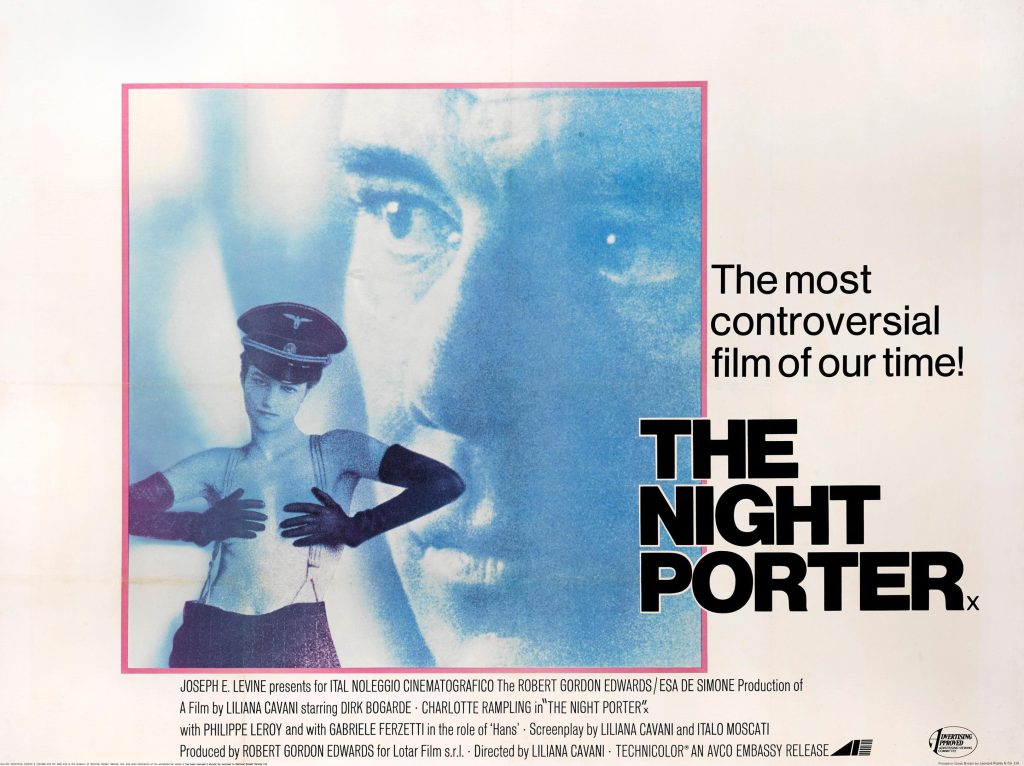When a filmmaker tells you what influenced them, believe it. Back in 2017, when Jordan Peele was making the rounds promoting his feature directorial debut Get Out, he spoke at length about the “social thrillers” that inspired it – genre films that were rooted in the issues of the moment, and smuggled social commentary in under the cover of thrills and chills. We all nodded in recognition at such timeless classics as Night of the Living Dead and Rosemary’s Baby, but didn’t think much about The Stepford Wives – most likely because that icy thriller’s reputation had been rather sullied by an ill-advised 2004 remake. But the DNA of the original Stepford (now streaming on Amazon Prime) is all over Get Out, and that’s all the excuse you’ll need to give it a look.
Based on a novel by Rosemary’s Baby author Ira Levin, it tells the story of the Eberharts, a classic nuclear family: wife Joanna (Katherine Ross), husband Walter (Peter Masterson), and two adorable kids. We meet them as they’re loading up their station wagon to move away from New York City – at a moment in the city’s history when such an exodus was not the worst idea – for the charming Stepford Village, over in Connecticut, where a beautiful house with a giant yard awaits them. “You don’t even have to lock the doors in Stepford!” beams Walter. “Isn’t that something?”
Perhaps. But British director Bryan Forbes, perhaps less susceptible to the pleasures of suburbia than a domestic filmmaker, infuses the picture with dread and menace from the moment they arrive in this suburban enclave. (The cinematographer is Owen Roizman, who lensed such grimy ‘70s faves as The Exorcist and The French Connection.) The wife next door brings over a welcoming casserole with a vacancy that’s a little unnerving. When Walter sees her husband at the mailbox, he notes, “She cooks as good as she looks, Ted,” and Michael Small’s ominous score swells. At the grocery store, a parking lot fender bender is shot and scored like a kill in a slasher movie. Later, one of the wives wanders through a garden party, robotically repeating “I’ll just die if I don’t get this recipe.” Joanna takes this all in, and smells something rotten. “I don’t know what’s going on,” she says. “I just know something is wrong.”

By that time, Walter has become a member in good standing with the village’s “men’s association” where, one of the other wives surmises, they “watch dirty movies and talk about the good old days.” One night, they gather at the Eberhart home, and she finds the men alternately creepy and off-putting. “This is Stepford, not New York,” Walter insists. “These are the people we have to live with, and they suit me.” She will soon find out just how much they suit him.
The Stepford Wives was released in 1975, plenty of time to tap into a culture that was questioning assumptions and traditions about gender roles and domestic partnerships. (It also means that it was written and directed by men, which results in a bit of aloofness; mind boggles at what, say, Elaine May could’ve done with this material.) The questions aren’t approached subtly; when Joanna and her only real pal in Stepford, Bobbie Markowe (the great Paula Prentiss), note that the women of the town seem stuck in the ‘50s, Joanna notes, “I messed a little bit with women’s lib back in New York,” and adds, “I’m not contemplating any Maidenform bonfires, but they could certainly use something around here.”
So they start something radical: a kind of group therapy, in which the wives of Stepford can talk amongst themselves about their lives, worries, fears. Or at least, that’s how it begins; no sooner has one of them opened up than the rest start spouting taglines for kitchen products. The more Joanna observes these women, the more it feels like someone, or something, is getting to them, brainwashing them. But that couldn’t be, right? “Maybe we’re the crazy ones,” she wonders.

Remove the genre elements, and The Stepford Wives – like such contemporary counterparts as The Invisible Man – is about the difficulty women have, within our society, just being believed. And true to its time, it’s also about the kind of bulldozing that happens in too many marriages; not long after they arrive in Stepford, Joanna asks her husband, “Why did we move,” and it becomes clear that she wasn’t really consulted on the matter. An uncomfortable uncertainty keeps flashing across her face in those early scenes, before any of the really scary stuff starts, and the camera lingers on that face; those feelings of unease and happiness are an essential ingredient, absolutely combustible when added to her suspicions and observations about the women around her. “If I’m wrong, I’m insane,” she despairs. “And if I’m right… it’s worse than if I’m wrong.”
In spite of its PG rating, The Stepford Wives gets dark – there are real scares and violence in this thing, particularly towards the end, as Walter gets nasty and violent, and we’re treated to the empty black eyeballs of… well, let’s not spoil it. Or at least, any more than screenwriter Paul Rudnick and director Frank Oz did when they remade the film decades later, reworking it into a quirky comedy and copping out on the perfect, chilling ending. That garbage reinvention kept me away from the original picture for years. Don’t make the same mistake.
“The Stepford Wives” is streaming on Amazon Prime.



